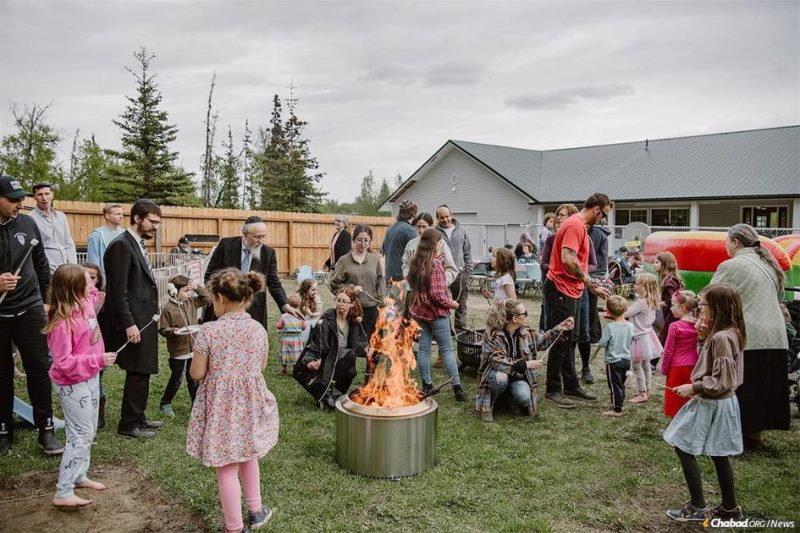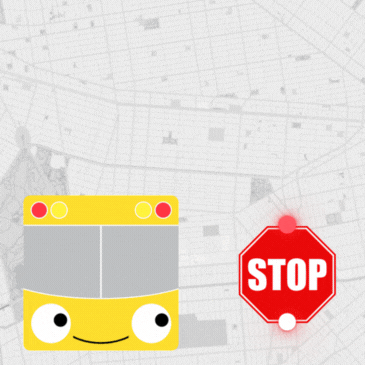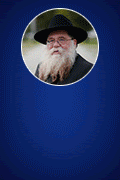
Celebrating Shavuot Where the Sun Never Sets
by Karen Schwartz – chabad.org
Shavuot looks a little different in places where it never gets dark. The two-day holiday, which will begin at sunset on June 1, 2025 and goes until nightfall on June 3, 2025, marks the 3,337th anniversary of the Jewish people receiving the Torah at Sinai. It’s a time when dairy treats such as cheesecake, blintzes and ice cream are served, but more central to the holiday is hearing the reading of the Ten Commandments and studying Torah until dawn on the first of its two nights.
In places, like Iceland, this can present a unique set of challenges.
The night of study takes place in preparation for receiving the Torah, explains Rabbi Avi Feldman, who directs the Jewish Community Iceland – Beit Tovah Chabad-Lubavitch, together with his wife, Mushky. “Every year we receive it again, and there’s a new energy that comes every year.”
But the tradition of staying up until daybreak learning Torah gets more complicated when it never gets dark enough for daybreak to occur. Anywhere approaching the Arctic Circle has different patterns of light and dark throughout the year, which means Shabbat can start well after midnight in the summer, and in the early afternoon in the winter, when it’s light only a few hours a day.
“Iceland is the land of the midnight sun,” says Feldman. “This creates really epic Shabbat experiences and Shavuot experiences, because basically you’re starting the holiday or Shabbat super late, and the sun is still shining like it’s the middle of the day. Same with the ending of Shabbat and Shavuot, it ends at a really strange time too.”
Even though there’s no night, they’ve found ways to make the holiday special, he says.

The Rebbe—Rabbi Menachem M. Schneerson, of righteous memory—explained that there is special significance to bringing children, even the youngest of infants, to hear the Ten Commandments on Shavuot morning.
Before G‑d gave the Torah to the Jewish people, He asked for guarantors. The Jews made a number of suggestions, all rejected by G‑d, until they declared, “Our children will be our guarantors that we will cherish and observe the Torah.” G‑d immediately accepted them and agreed to give the Torah.
“By listening to the Ten Commandments on Shavuot morning,” the Rebbe explained, “the words of Torah will be engraved in the hearts and minds of the children. And through them, the Torah will be etched within their parents and grandparents with even greater intensity. Thus, the Ten Commandments, which include within them the entire Torah, will become a part of our lives throughout the entire year.”
Thanks to the Rebbe’s urging, Shavuot at the synagogue, replete with ice cream parties and games, is an increasingly popular part of Jewish childhood in communities across the world, and that’s exactly how Iceland will mark Shavuot.
“The highlight is reading the Ten Commandments from the Torah, and our cheesecake party on the first day of Shavuot,” Feldman says. Chabad will also have a party for kids, where they’ll make their own ice cream treats.
The more people who join for Shavuot, and hear the Ten Commandments as G‑d gave them to the Jewish people all those years ago, says the rabbi, “the more who will be inspired to explore more and to learn more of the wisdom of the Torah in the coming year.”

When Shavuot Starts Late
There’s no night anymore and no halachic nightfall where Rabbi Heshy and Chani Wolf live. The northernmost emissaries, they run Fairbanks Jewish Center – Chabad in Fairbanks, Alaska. This will be their first Shavuot there.
Serving military personnel, a local community and Jewish students at University of Alaska Fairbanks, as well as tourists, he says they’ll be welcoming everyone on Monday for the reading of the Ten Commandments, followed by pasta, soup and fish, as well as cheesecake, he says.
Notably, Shavuot candle lighting will be Sunday at 11:59 p.m. and nightfall, the next dawn, at 1:50am. And while Jewish law permits starting Shabbat early, Shavuot comes seven full weeks after Passover, 49 days after starting the second night. “It has to be taken in on time,” he says. That means clarifying some significant halachic questions about when to make kiddush and the like, since it never gets dark.
Even counting the Omer, the 49 days that kicks off the second night of Passover, comes with a twist, because the counting is traditionally done after nightfall. “I’ve been counting the Omer after sunset because there’s no nightfall,” he explains.

While most people will finish Shavuot Tuesday night, in Palmer, Alaska, Shavuot ends at 2 in the morning Wednesday, says Rabbi Mendy Greenberg, who serves as co-director of Mat-su Jewish Center with his wife, Chaya.
On Monday, in addition to having a big dairy buffet and reading the Ten Commandments, they’re putting a big emphasis on having the community’s children present, Greenberg says. “The Rebbe talked about the importance of children, and made a big campaign that children should come to synagogue to hear the Ten Commandments at Shavuot.” Children attending will take part in a program that includes making Lego flowers as a craft, he adds.
The holiday is the completion of Passover, he adds. “Exodus was the beginning and the goal was Sinai,” he says, “The whole point of being free is actually to be Jewish, so we can live like a Jew to actualize our purpose, to be a light unto the nations.”
Jack Green, of Anchorage, Alaska, says he will be at synagogue for the Ten Commandments on Shavuot. Being in a smaller community, he says, everyone plays a role in making the holidays special, adding that his local Chabad center in Anchorage creates a welcoming environment, complete with amazing food, that helps elevate the holidays even further.
“Chabad does a great job of connecting with people,” he says of the awareness it has raised around Shavuot and its significance. “I’m born and raised here, and every year I’m here, I go to receive the Torah anew.”












